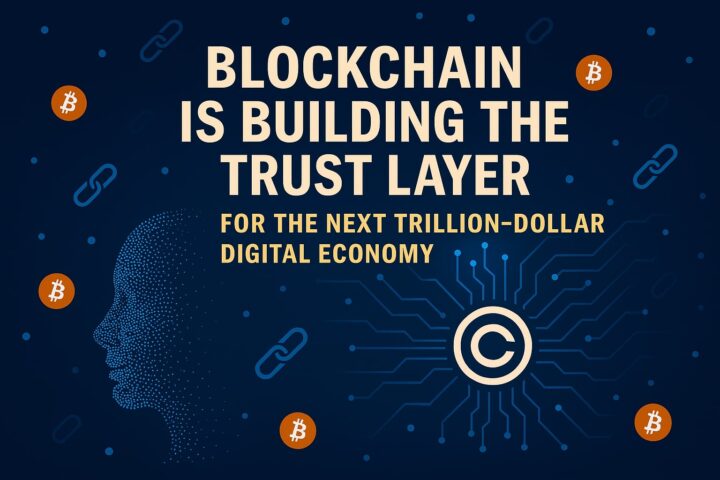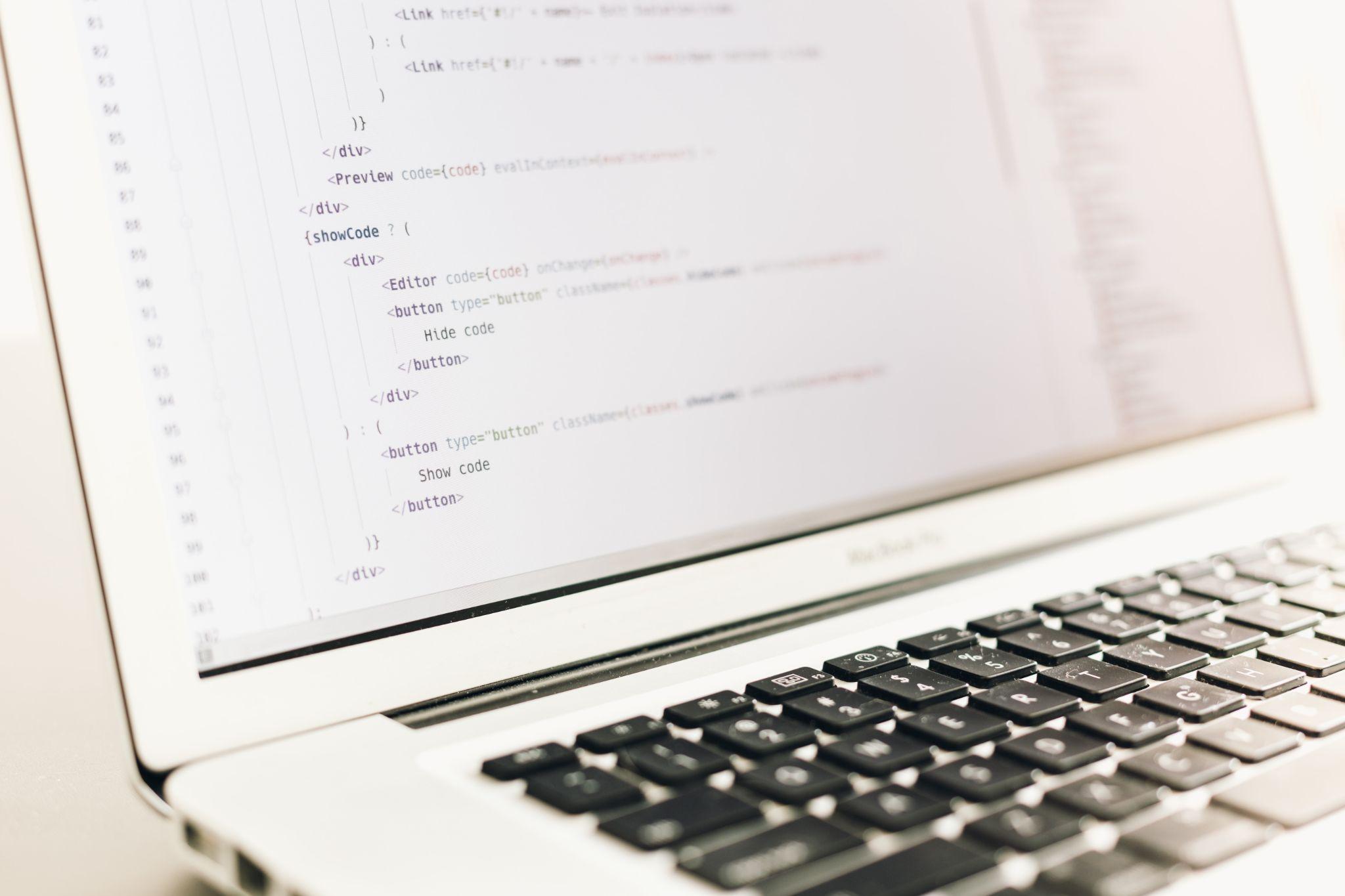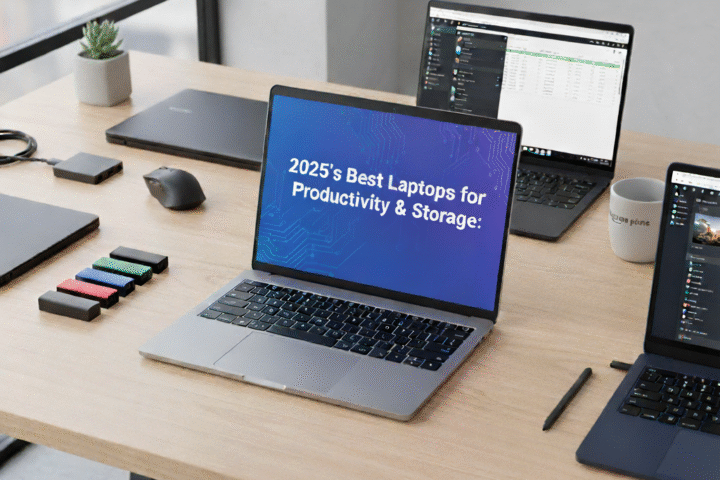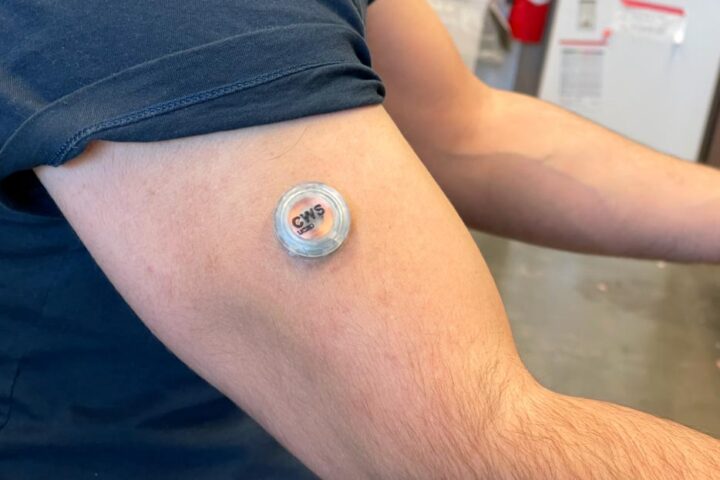Cardano is a proof-of-stake blockchain platform that offers several testnets for developers to build and test their decentralized applications (dApps) before deploying them to the mainnet. In this guide, we’ll explore the Cardano testnet landscape, best practices for developing on Cardano testnets, and the roadmap for future releases and features. If you’re just starting with crypto trading and want an effortless trading experience, profitedge.org is an exceptional online trading platform to consider.
The Cardano Testnet Landscape
The Cardano blockchain platform has three testnets: Byron, Shelley, and Goguen. Each testnet serves a specific purpose in the development and evolution of Cardano.
Byron was the first testnet launched by Cardano in 2017. It was designed to test the basic functionality of the Cardano blockchain and its infrastructure. Byron was primarily focused on the implementation of the Ouroboros consensus protocol, which is a critical component of Cardano’s proof-of-stake (PoS) system.
Shelley, launched in 2020, was the second testnet released by Cardano. It was designed to test the decentralization of the Cardano blockchain, which is a key feature of PoS blockchains. Shelley introduced several features such as stake pools, which allow users to delegate their stake to a pool and earn rewards, and a rewards system that incentivizes stake pool operators and delegators to support the network.
Goguen is the latest testnet launched by Cardano in 2021. It is focused on introducing smart contract functionality to the Cardano blockchain, which will enable developers to build decentralized applications (dApps) on Cardano. Goguen is expected to be a significant milestone for Cardano as it will bring new use cases and opportunities to the platform.
Developing on Cardano Testnets
Developing on Cardano testnets is a critical step in building decentralized applications (dApps) on the Cardano blockchain. Testnets provide a safe and secure environment for developers to test their applications before deploying them to the mainnet.
One of the best practices for developing on Cardano testnets is to use the appropriate tools and resources. Cardano offers several developer tools, including the Plutus Playground, a web-based tool that enables developers to write and test smart contracts in a simulated environment. Additionally, the Cardano Developer Portal provides a comprehensive set of documentation, tutorials, and resources for developers.
Another best practice is to test applications rigorously. Testing is critical in blockchain development as it helps identify and fix bugs, improve performance, and ensure the security of the application. Cardano testnets provide a safe environment for developers to test their applications thoroughly and identify any issues before deploying them to the mainnet.
Developers should also ensure that their applications are compatible with the specific testnet they are targeting. Each Cardano testnet has its own set of features and requirements, so developers need to ensure that their applications are compatible with the testnet they are targeting.
Finally, it’s essential to engage with the Cardano community and seek feedback from other developers. The Cardano community is supportive and active, with many forums and channels for developers to connect and collaborate. By engaging with the community and seeking feedback, developers can improve their applications and gain valuable insights from other developers.
Cardano Testnet Roadmap
One of the most significant upcoming releases is the Alonzo hard fork, which will bring smart contract functionality to the Cardano blockchain. Alonzo will be a significant milestone for Cardano, as it will enable developers to build decentralized applications (dApps) on the platform.
Alonzo is currently being tested on the Alonzo Blue testnet, which is a staging ground for the release of the Alonzo hard fork. The Alonzo Blue testnet is currently open to developers, and they can test their smart contracts on it before the release of the Alonzo hard fork.
In addition to Alonzo, the Cardano development team is also working on other features such as the Hydra protocol, which is designed to improve scalability and throughput on the Cardano network. Hydra will enable Cardano to process a significantly higher number of transactions per second, making it more competitive with other blockchain platforms.
The Cardano development team is also exploring ways to integrate with other blockchain platforms, such as Ethereum. This integration will enable developers to build dApps that can interact with both Cardano and Ethereum blockchains, unlocking new use cases and opportunities.
Conclusion
Testnets are a critical aspect of blockchain development, and the Cardano testnets provide a safe and secure environment for developers to test their applications. By understanding the Cardano testnet landscape, following best practices for developing on Cardano testnets, and staying up-to-date with the Cardano testnet roadmap, developers can effectively build and test their applications on Cardano.
















